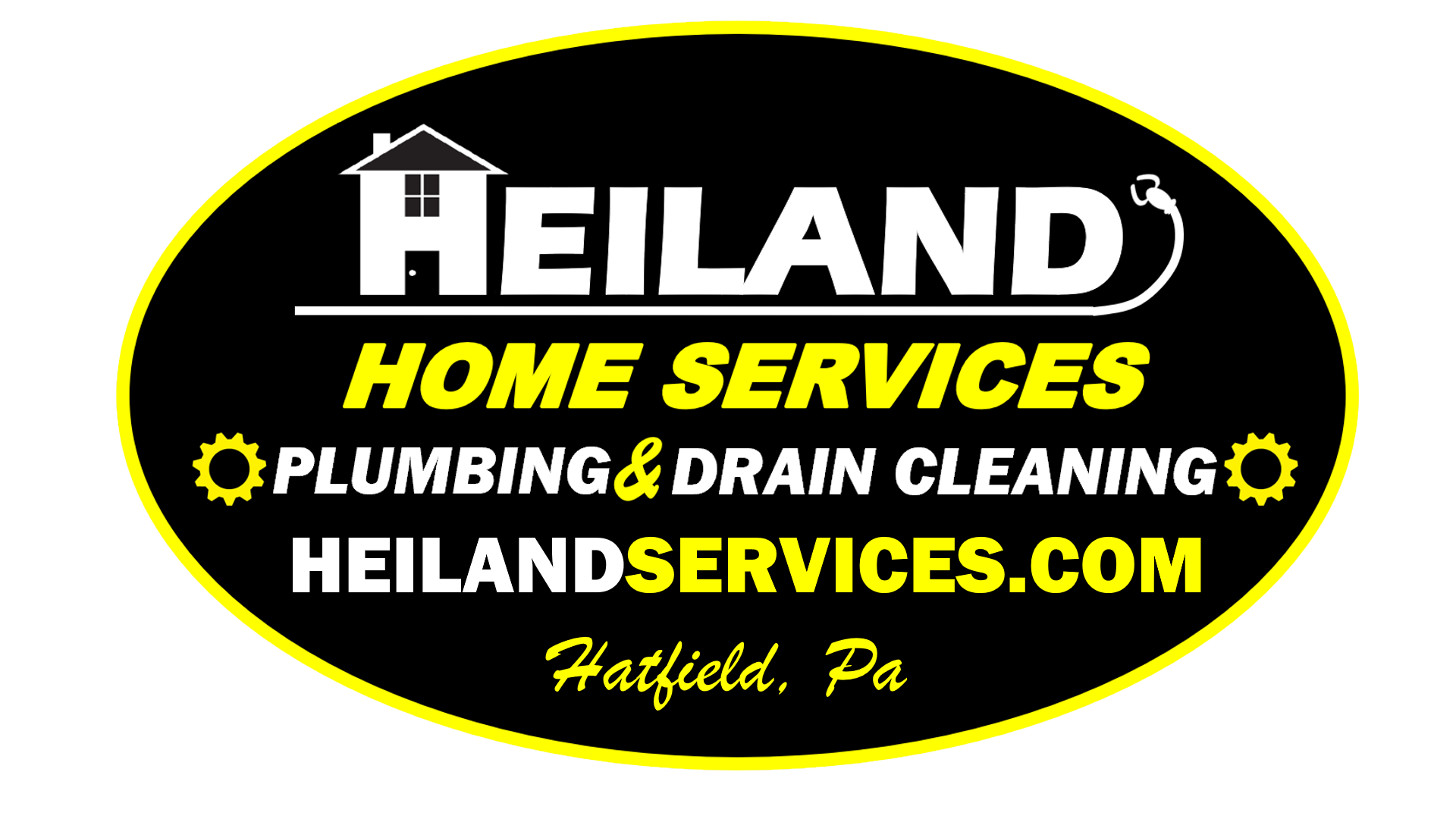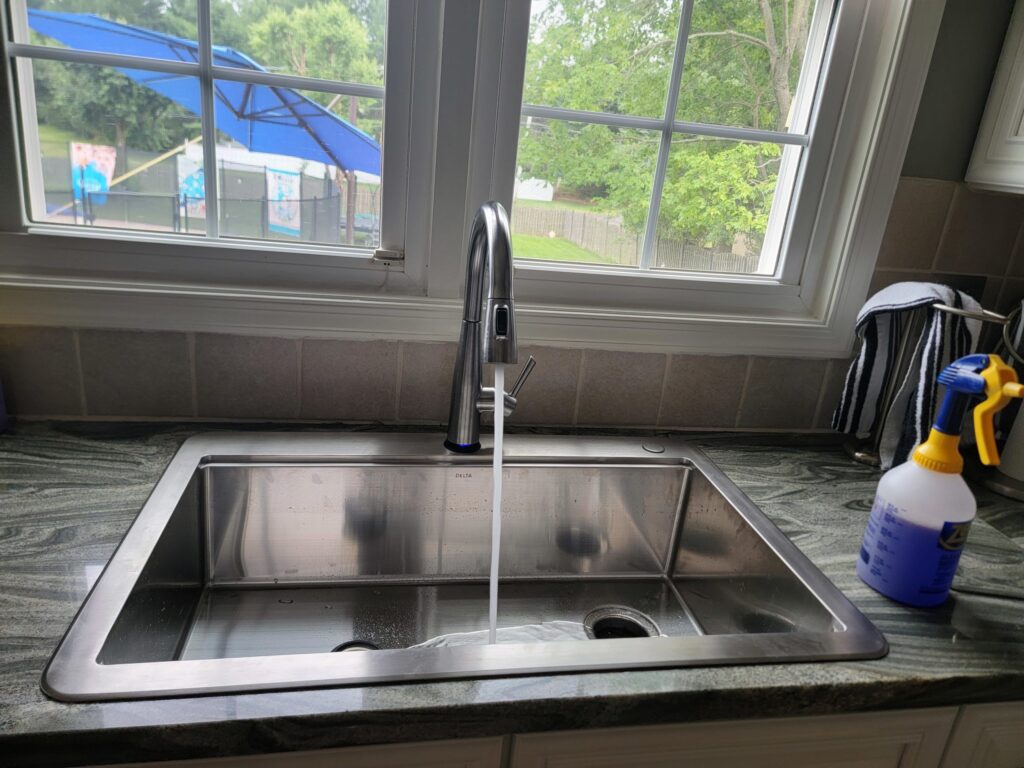Welcome back to Heiland Home Services’ informative blog! Today, we’re delving deeper into the world of water softeners, not only discussing maintenance and care but also shedding light on the process of iron removal. Join us as we explore these essential topics to help you keep your plumbing system running smoothly and your water quality at its best.
Understanding Water Softeners: An Overview
Water softeners play a crucial role in ensuring your home’s water quality. By addressing hard water issues caused by minerals like calcium and magnesium, water softeners use ion exchange to create water that’s kinder to your appliances, plumbing fixtures, and your skin and hair.
Maintenance and Care: Keeping Your Water Softener Happy
- Regular Inspections: Make it a habit to visually inspect your water softener unit. Identify leaks, cracks, or damage that might need immediate attention.
- Salt Levels and Break Up: Check salt levels in the brine tank regularly. Additionally, break up any salt bridges that form to ensure the softener’s efficiency.
- Scheduled Regeneration Cycles: Set your water softener to perform regeneration cycles as recommended. This process cleans the resin beads for continued efficiency.
- Clean the Brine Tank: Periodically clean the brine tank to remove sediment or residue that could affect the salt solution quality.
- Professional Servicing: Schedule annual professional inspections and servicing to ensure your water softener’s longevity and efficiency.
Iron Removal: Enhancing Your Water Softener
In areas with high iron content in water, adding an iron removal solution can significantly improve water quality. Follow these steps for iron removal:
Step 1: Identify Iron Levels Determine the iron levels in your water using water testing kits. This will help you choose the appropriate iron removal solution.
Step 2: Choose the Right Product Select an iron removal product compatible with your water softener. Consult a professional if unsure.
Step 3: Add the Iron Removal Solution Add the recommended amount of the iron removal product to the brine tank during the regeneration cycle. This allows the solution to be effectively distributed throughout your plumbing system.
Step 4: Monitor and Test Regularly test your water to ensure the iron levels are within acceptable ranges. Adjust the iron removal solution as needed.
Benefits of Iron Removal:
- Improved Water Quality: Removing excess iron eliminates rust stains, foul tastes, and unpleasant odors from your water.
- Appliance Protection: Iron-free water prevents rust buildup in appliances, pipes, and fixtures, prolonging their lifespan.
- Cleaner Laundry and Dishes: Iron-free water helps clothes and dishes retain their color and shine, improving overall cleanliness.
In conclusion, maintaining your water softener and adding an iron removal solution, if necessary, are essential steps to enjoy clean, high-quality water in your home. By following our maintenance tips and iron removal process, you’re ensuring the longevity of your water softener and the well-being of your plumbing system. At Heiland Home Services, we’re here to assist you every step of the way. Let’s keep your water pure, appliances protected, and plumbing healthy for years to come!


